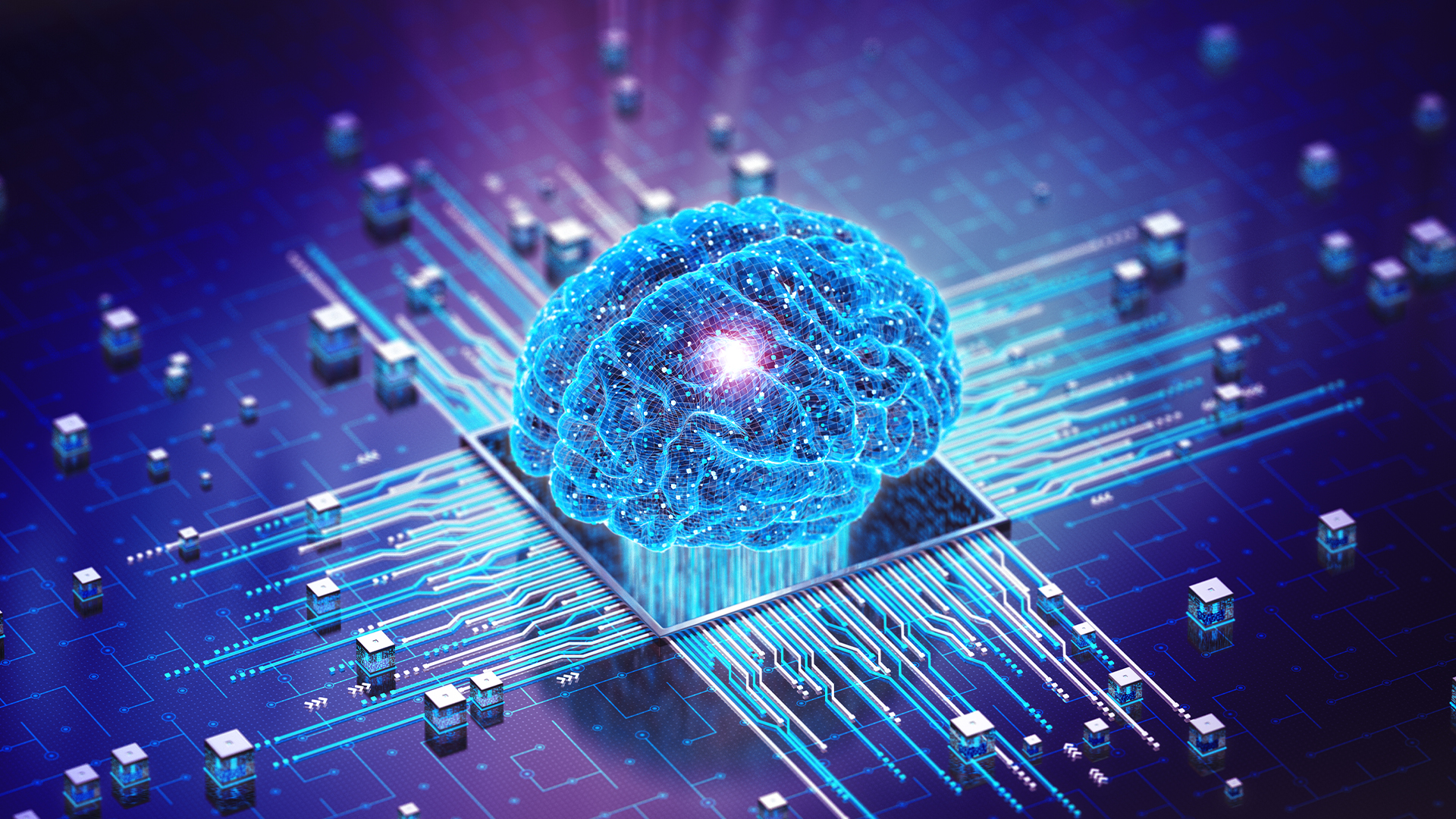AI Making Life Easier: Tools and Their Uses
Artificial Intelligence (AI) has transformed the way we live, work, and interact with the world around us. From simplifying everyday tasks to solving complex problems, AI tools are revolutionizing industries and enhancing productivity. In this blog, we will explore some of the most impactful AI tools and their applications, showcasing how AI is making life easier for individuals and businesses alike.
1. Personal Productivity and Task Management
1.1 ChatGPT (by OpenAI)
- Use: Personal assistant, brainstorming, writing, and coding help.
- How it Helps: ChatGPT can generate creative ideas, answer questions, and even draft emails or essays. It’s like having a knowledgeable friend on hand for brainstorming or solving problems.
- Link: ChatGPT
1.2 Notion AI
- Use: Note-taking, task organization, and productivity enhancement.
- How it Helps: Notion AI can summarize long documents, auto-generate to-do lists, and assist with project management, saving time and effort in organizing personal and professional tasks.
- Link: Notion AI
1.3 Grammarly
- Use: Writing assistance and grammar correction.
- How it Helps: Grammarly uses AI to check grammar, spelling, and style, ensuring that your writing is polished and professional. It’s a must-have for writers, students, and professionals.
- Link: Grammarly
2. AI in Communication
2.1 Otter.ai
- Use: Meeting transcription and note-taking.
- How it Helps: Otter.ai records and transcribes meetings in real time, enabling users to focus on the discussion rather than note-taking. It’s a great tool for professionals who attend frequent meetings.
- Link: Otter.ai
2.2 Jasper AI
- Use: Marketing and content creation.
- How it Helps: Jasper AI helps businesses create engaging blog posts, social media captions, and marketing materials in seconds, making content creation fast and efficient.
- Link: Jasper AI
2.3 Descript
- Use: Audio and video editing.
- How it Helps: Descript uses AI to transcribe, edit, and enhance audio and video files. You can even remove filler words and background noise with just a few clicks.
- Link: Descript
3. AI in Everyday Life
3.1 Google Assistant and Siri
- Use: Virtual assistance.
- How it Helps: These AI-powered assistants can manage schedules, set reminders, control smart home devices, and answer questions on the go.
- Links: Google Assistant, Siri
3.2 Amazon Alexa
- Use: Smart home automation.
- How it Helps: Alexa integrates with various smart devices to control lighting, temperature, and security systems, creating a seamless smart home experience.
- Link: Amazon Alexa
3.3 Photomath
- Use: Solving math problems.
- How it Helps: Photomath uses AI to solve mathematical equations by scanning them with your phone camera, making learning math easier for students.
- Link: Photomath
4. AI for Creative Professionals
4.1 Canva (with Magic Design)
- Use: Graphic design and visual content creation.
- How it Helps: Canva’s AI-powered tools enable users to create stunning designs effortlessly by providing templates, auto-layouts, and even AI-generated visual elements.
- Link: Canva
4.2 Runway ML
- Use: Video editing and content creation.
- How it Helps: Runway ML leverages AI for tasks like background removal, motion tracking, and even generating entire videos from text prompts, speeding up creative workflows.
- Link: Runway ML
4.3 DALL-E
- Use: AI-generated art.
- How it Helps: DALL-E creates unique images based on textual descriptions, empowering artists, designers, and marketers to visualize ideas quickly.
- Link: DALL-E
5. AI in Health and Wellness
5.1 MyFitnessPal
- Use: Diet tracking and fitness management.
- How it Helps: MyFitnessPal uses AI to analyze nutritional intake and recommend meal plans, helping users achieve their fitness goals.
- Link: MyFitnessPal
5.2 Babylon Health
- Use: Virtual health consultations.
- How it Helps: Babylon uses AI to provide symptom checks, health assessments, and connect patients with doctors, offering accessible healthcare solutions.
- Link: Babylon Health
5.3 Woebot
- Use: Mental health support.
- How it Helps: Woebot uses conversational AI to provide emotional support and cognitive behavioral therapy (CBT) techniques, offering mental health guidance to users.
- Link: Woebot
6. AI in Learning and Development
6.1 Duolingo
- Use: Language learning.
- How it Helps: Duolingo’s AI adapts lessons to the learner’s progress, making language acquisition more effective and personalized.
- Link: Duolingo
6.2 Khanmigo (by Khan Academy)
- Use: Educational AI tutor.
- How it Helps: Khanmigo offers interactive, personalized tutoring powered by AI, helping students with math, science, and other subjects.
- Link: Khanmigo
6.3 Coursera’s AI Tools
- Use: Skill development and online learning.
- How it Helps: AI curates personalized learning paths, recommends courses, and tracks progress, enabling efficient skill development.
- Link: Coursera
Conclusion
AI tools are revolutionizing how we manage tasks, communicate, learn, and create. By automating repetitive processes and providing personalized assistance, AI is not only saving time but also enhancing the quality of our lives. Whether you’re a professional, student, or creative, there’s an AI tool designed to make your life easier.
The key to leveraging AI is to explore and experiment with these tools, integrating them into your daily routine. The future is AI-driven, and embracing these innovations today can empower you to thrive tomorrow!

Comments
Post a Comment